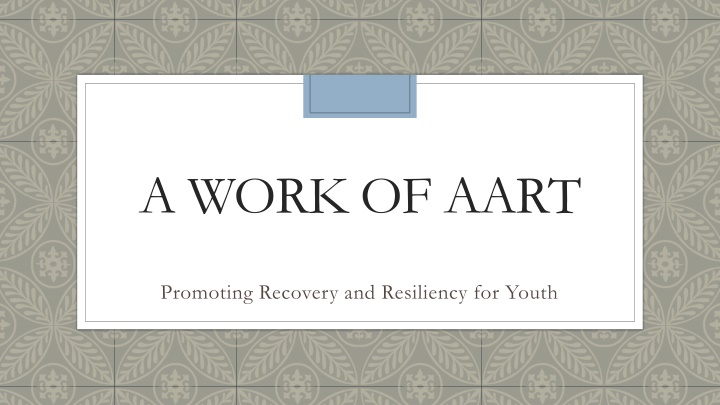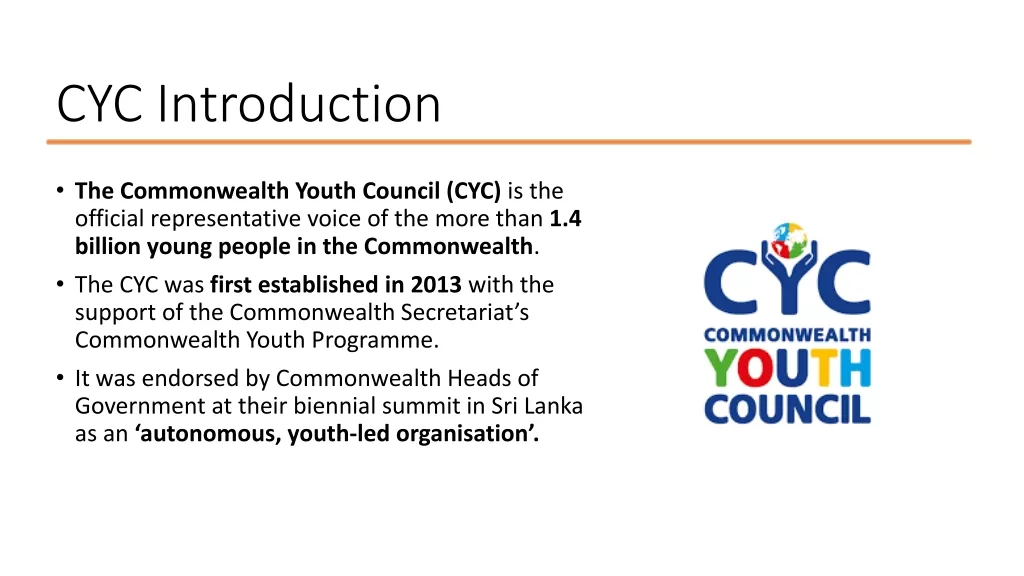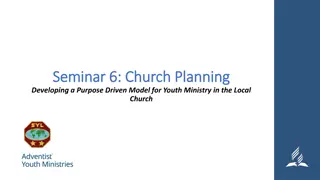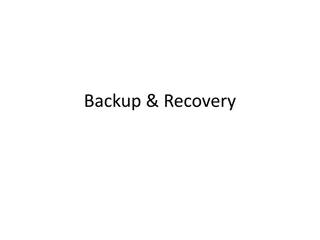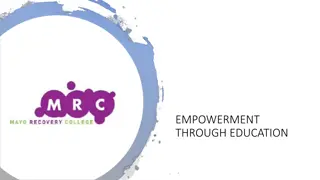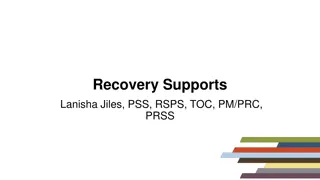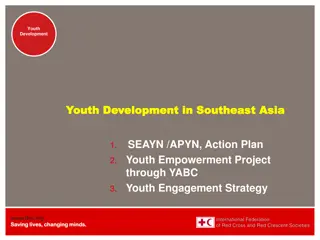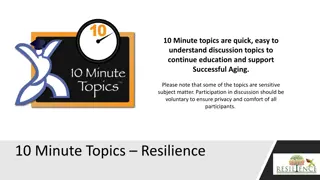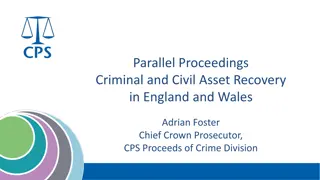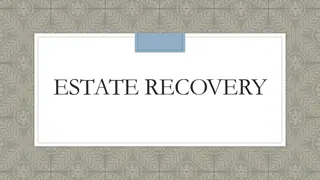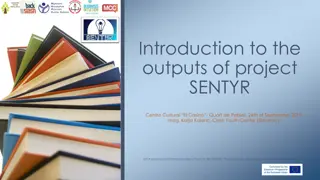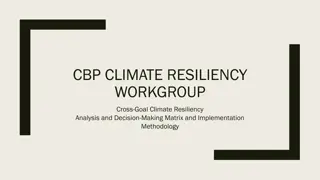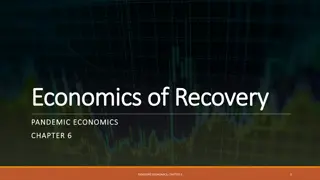Promoting Recovery and Resiliency for Youth
This work of art focuses on empowering youth to overcome challenges and build resilience. Through creative expression and support, it aims to facilitate healing and growth in young individuals facing adversity.
Download Presentation

Please find below an Image/Link to download the presentation.
The content on the website is provided AS IS for your information and personal use only. It may not be sold, licensed, or shared on other websites without obtaining consent from the author.If you encounter any issues during the download, it is possible that the publisher has removed the file from their server.
You are allowed to download the files provided on this website for personal or commercial use, subject to the condition that they are used lawfully. All files are the property of their respective owners.
The content on the website is provided AS IS for your information and personal use only. It may not be sold, licensed, or shared on other websites without obtaining consent from the author.
E N D
Presentation Transcript
A WORK OF AART Promoting Recovery and Resiliency for Youth
The Need HHSC estimates that 181,938 youth statewide meet the criteria for SUD Over half of these youth (103,559) in need of treatment are from families with incomes 200% below the poverty line and in need of publically funded services In 2015, HHSC funded programs service 4760 (5%) of these eligible youth This left 95% of medically indigent youth untreated statewide Addressing access to SUD/COD treatment & recovery services is an objective in the 2017-2021 Statewide Behavioral Health Strategic Plan of Texas
Contributing Factors Limited Youth Recovery Support Services EBP & Adolescent SUD/COD training Workforce (demographics, location, licensure) (YRCs, continuum of care, AROSC, APG, Collegiate Recovery, Recovery HS, Sober Fraternities) (cost, formal academic programs) Youth & Family Voice Social Norms Stigma (Culture Shifts)
What Now? Develop a system driven by youth and family voice Increase affordable EBP and best-practice training opportunities Develop academic curriculum to create specializations in adolescent SUD/COD Outreach efforts to reduce stigma and educate communities about adolescent SUD/COD Support communities capacity to develop community referral guides Support the increase of the Youth Peer Recovery Coach workforce Support the increase of youth recovery support services (AROSCs, APGs, Recovery HS, CSR, Sober Fraternities, etc.) Capitalize on the previous steps to create and ongoing recovery support structure to sustain recovery and manage relapses efficiently
Take Aways Intervention services for adolescents should be designed specifically for adolescents Adolescents with SUD/COD need a comprehensive continuum of care model The adolescent SUD/COD workforce needs to increase, be culturally diverse and understand the unique needs of adolescents and young adults Young people in recovery and their families need to be included in the plan, design, implementation and evaluation of the service system array and supports An ongoing support structure is needed to maintain treatment gains and assist youth when they relapse
Contact us! Beth Hutton, MS, LPC, NCC Adolescent SUD Specialist Texas Institute For Excellence In Mental Health University Of Texas At Austin b.hutton@austin.utexas.edu 512-232-9094 Tracy A. Levins, Ph.D. Policy Specialist Texas Institute For Excellence In Mental Health University Of Texas At Austin t.levins@austin.utexas.edu 512-232-0641 The Alliance for Adolescent Recovery and Treatment in Texas http://sites.utexas.edu/mental-health-institute/adolescent-substance-use-treatment-strategic-planning/
